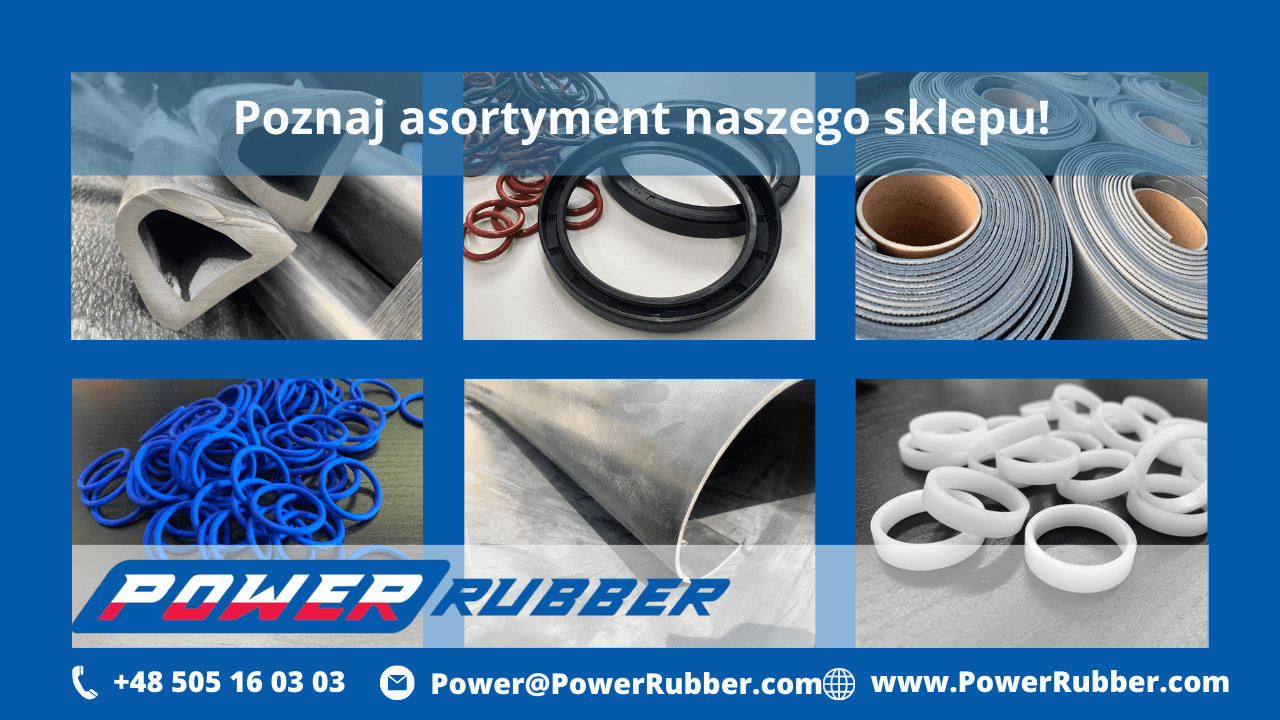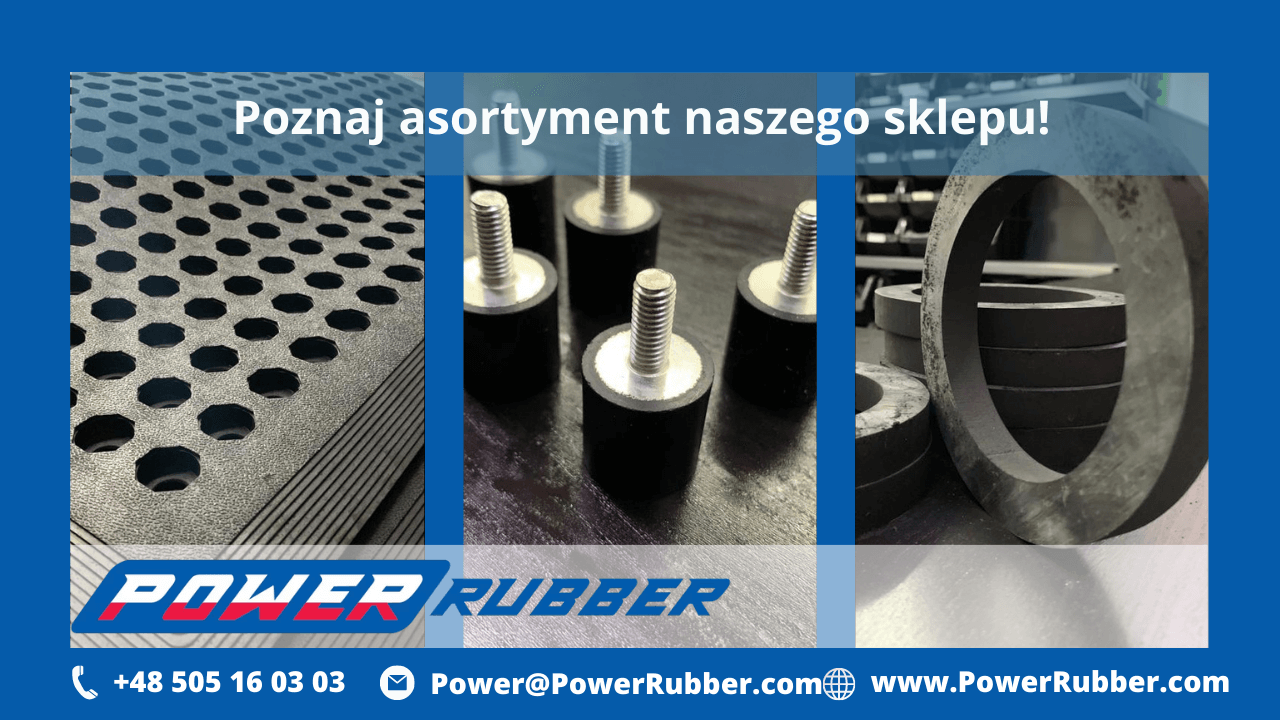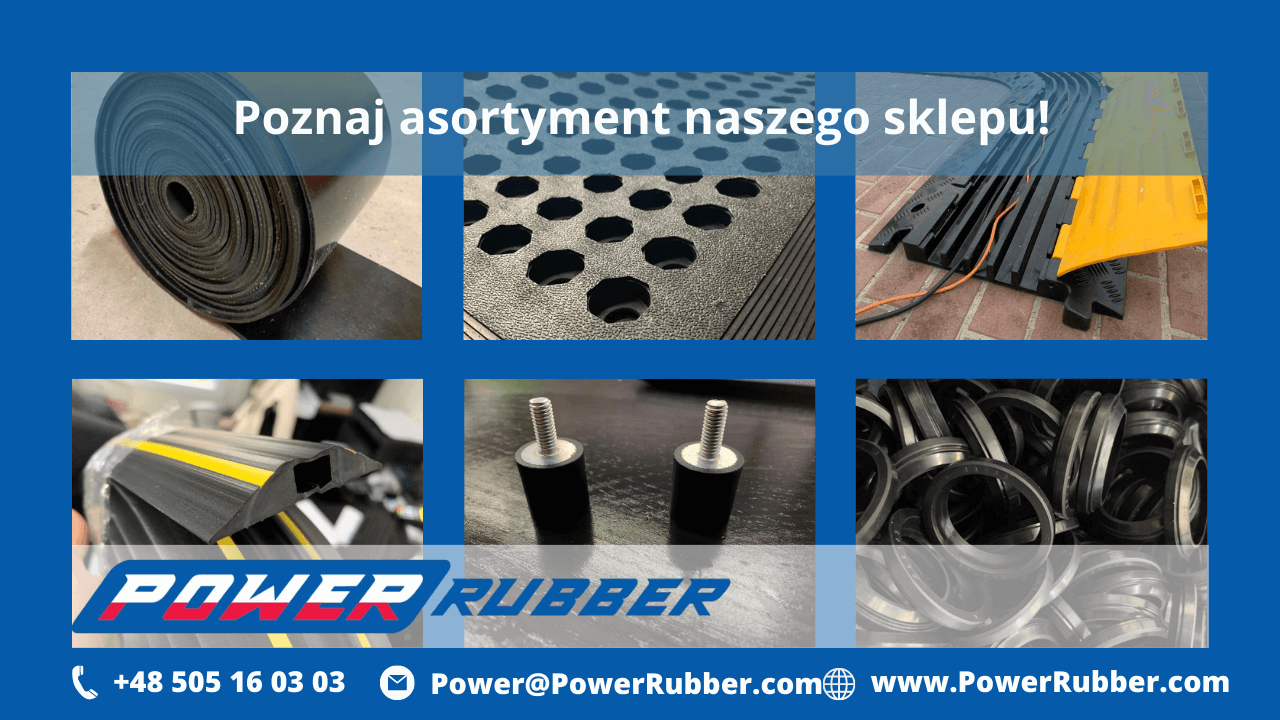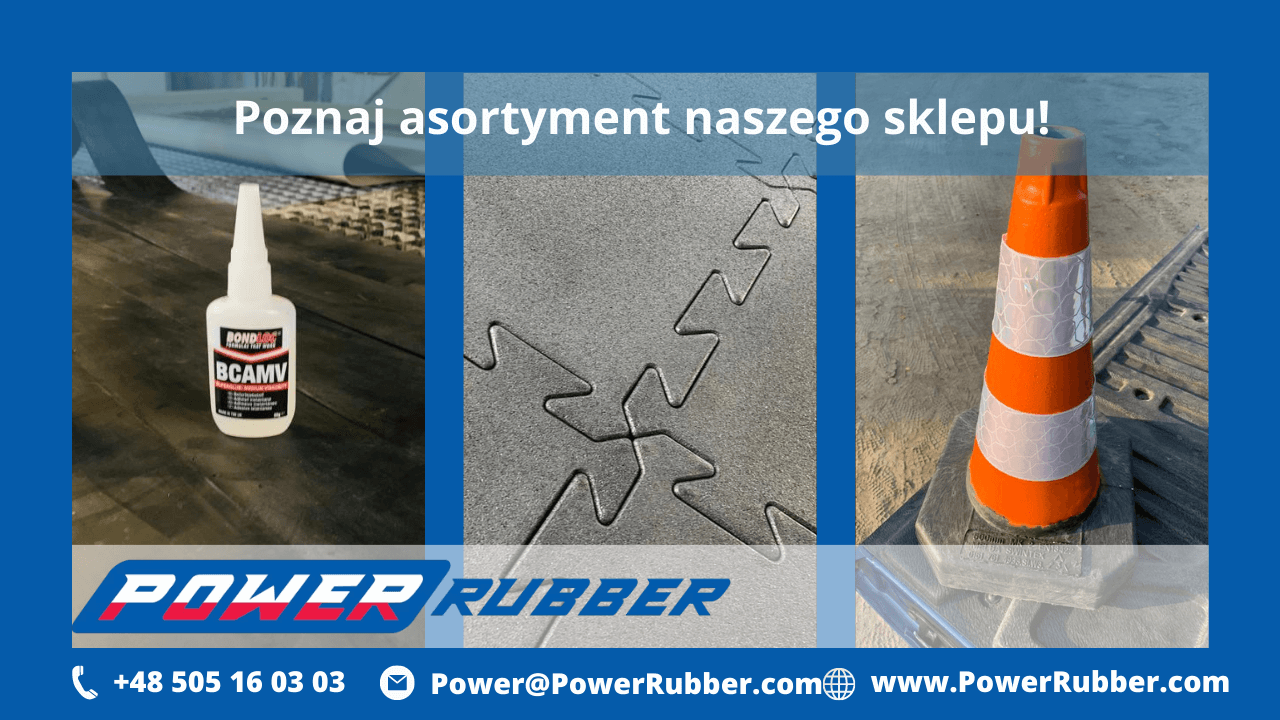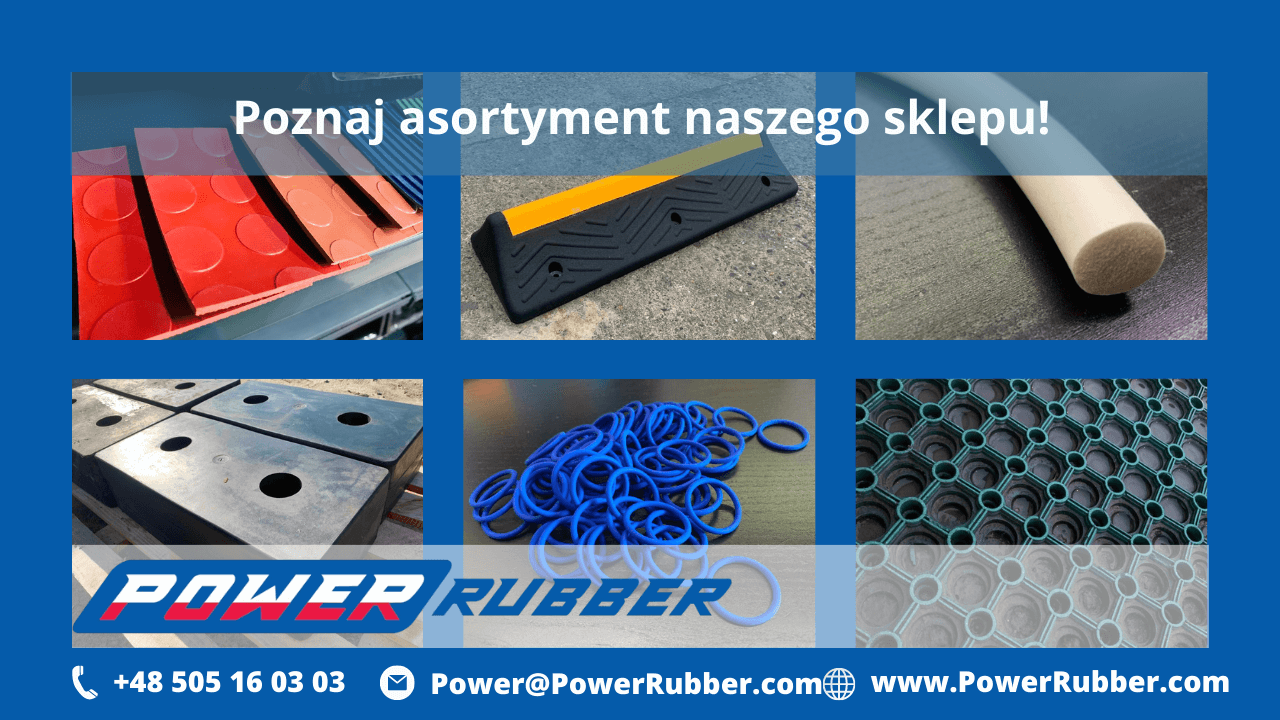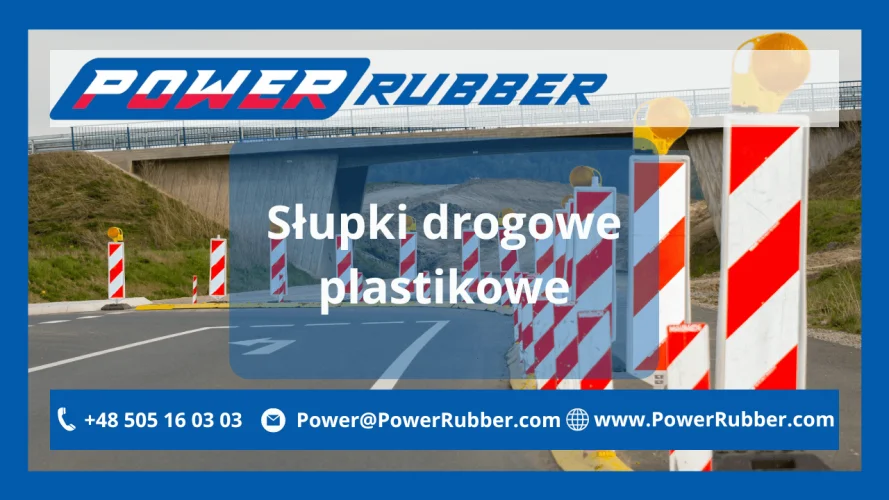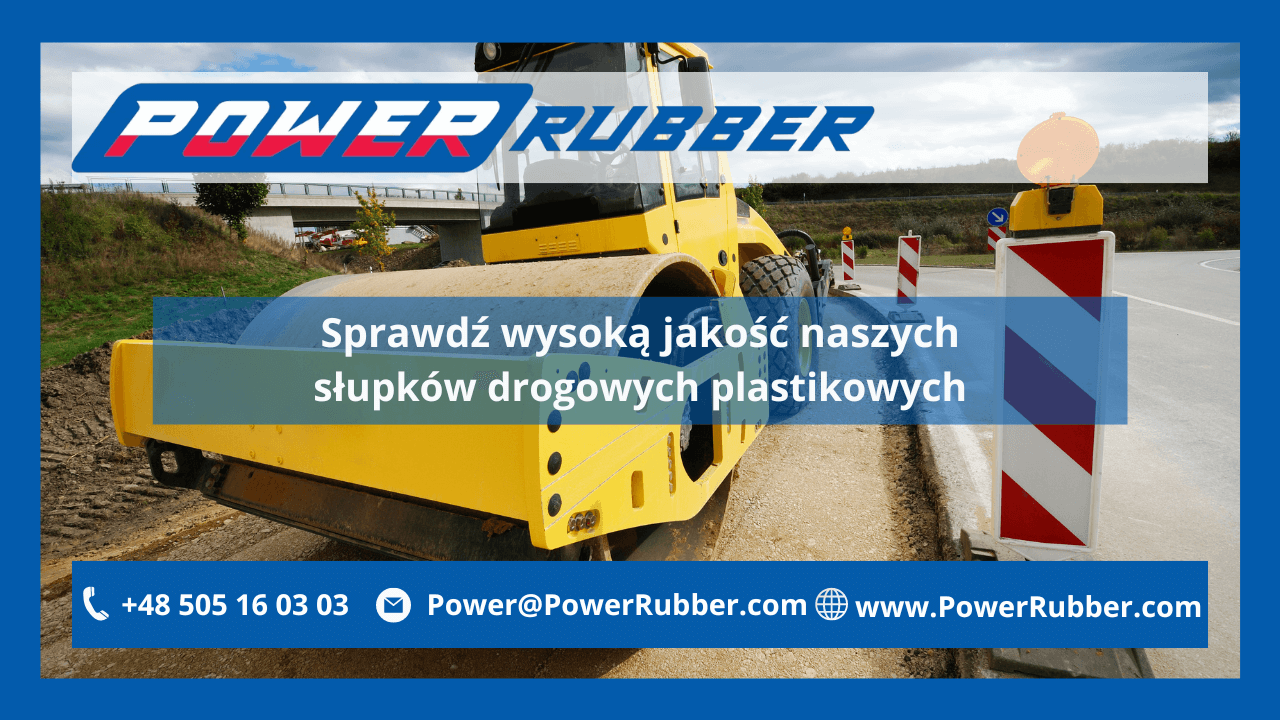Plastic Road Posts - Importance
Today, we will take a closer look at the word "post" and, as usual, we will analyze it from all angles, exploring both the negative and positive aspects of this fascinating object. In fact, various uses of posts invented by humans are often associated with unpleasant things. A post can represent imprisonment or restriction of freedom. Sometimes it’s also linked with pain, especially when someone gets hit with it. Some people may come up with even stranger ideas, but we won't mention them here. Anyone interested in sports knows that posts are used to set up a flagpole or to play tug-of-war. However, is it really possible that they have so few advantages? Of course not! POWER RUBBER has found many more positives in using posts. Let's note that we specialize in rubber posts. Surely, you are dying to know what they are used for. So, let’s dive in.
Plastic Road Posts – Applications
We primarily use plastic road posts as elements for static and dynamic sealing nodes. In the second case, they function as flexible seals. Their phenomenal advantage is the ability to create round seals called O-rings, requiring only special glue. Flexibility is, therefore, right alongside high quality, the main benefit of our posts. Let's also emphasize that they are used in many areas of life, often in fields that are unrelated to each other. These include the automotive industry, especially for hydraulic drives and agricultural machinery. They are used in the food industry, particularly in confectionery and baking. They are also present in construction, pharmaceuticals, electronics, and everyday equipment and sanitary installations.
Rubber Cords – Types of Rubber Cords
When you visit our store, you will realize that we offer many types of rubber cords. We have divided them into two main groups: solid rubber cords and porous rubber cords. Let’s leave the description of the solid ones for another time and today, we’ll take you into the charming, porous world. We’ve already made some distinctions, but this is not the end of classifications. Among the porous rubber cords, depending on the material they are made of, we can distinguish Sponge EPDM Rubber Cords, Sponge Silicone Cords, and Neoprene CR Cords. As you might guess, different materials mean different applications and durability. For instance, EPDM usage is associated with resistance to ultraviolet radiation, long lifespan, and high water vapor permeability. Silicone cords, on the other hand, are suitable for working in a wide temperature range (-50°C to 240°C) and are ideal for food products. The last group, neoprene cords, guarantees resistance to oils and no concerns regarding heat and ozone.
We hope we haven’t disappointed anyone by presenting our ideas about rubber cords. We believe that safety is half the battle. For us, the other half must be creativity, an open mind, and the courage to try new things.
